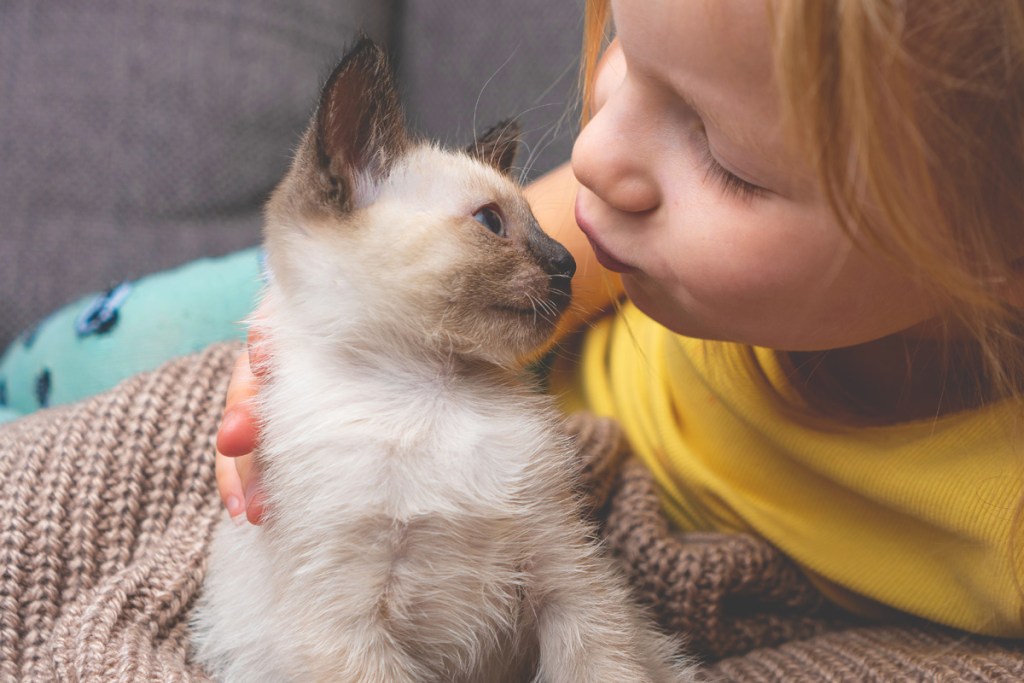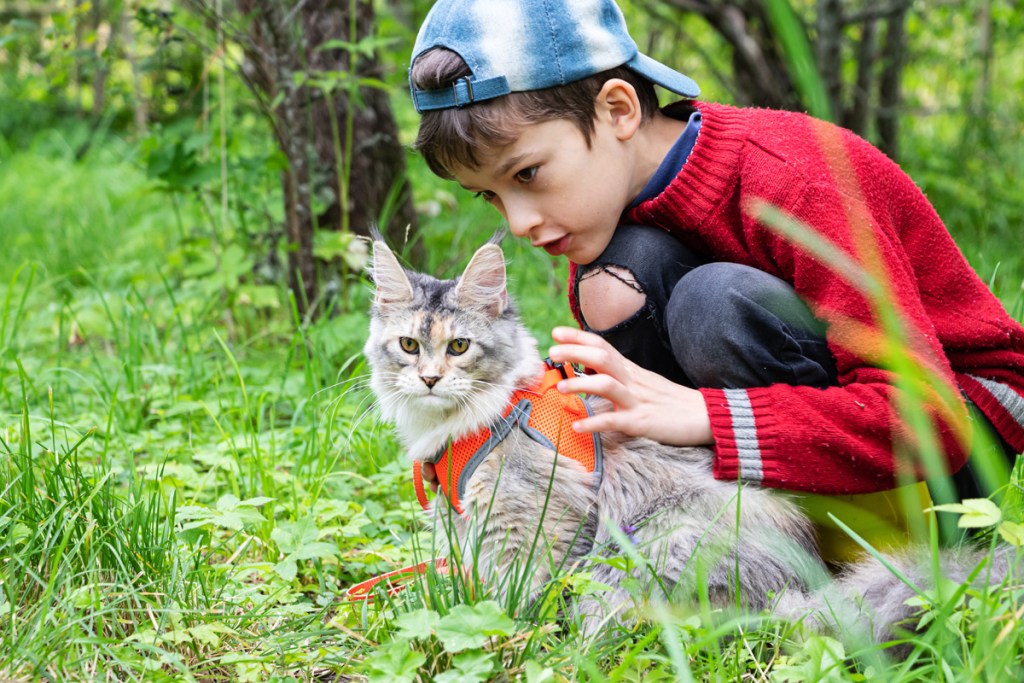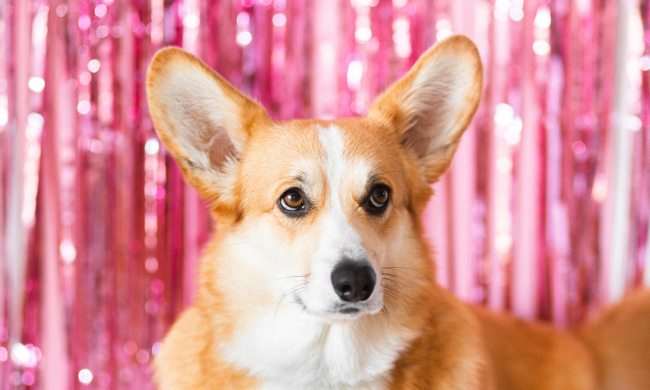Studies show that children raised with pets tend to be more empathetic toward people and animals. Caring for a pet teaches youngsters about respect and responsibility, and just being around animals helps reduce a child’s anxiety levels. Cats are popular animal companions for families with kids because they are low maintenance. In fact, according to an American Veterinary Medical Association Pet Owners Survey, more than 58 million cats live in U.S. households. If you’re thinking about adding a purebred cat to the family, here are four breeds that usually get along well with kids.
Siamese
According to the Cat Fanciers Association (CFA), this ancient breed is the great communicator of the cat world. Siamese enthusiasts like that these beautiful slender cats with striking blue eyes are so vocal and demanding, but it’s not a trait that everyone enjoys. Siamese cats love people and are intelligent, confident, and curious. Their high energy, playfulness, and love of learning make them fun companions for children. Their fine short coats are easy to maintain, requiring only a brushing once or twice a week to keep the skin and coat healthy.
Background: According to the CFA, Siamese cats are believed to be descendants of the sacred temple cats in Siam, now called Thailand. The first Siamese cat to come to the U.S. was Siam, a female given as a gift to President Rutherford B. Hayes in 1879, by the American consul in Bangkok. Siam quickly became a favorite of Fanny, the president’s daughter. The breed soon spread to other parts of Europe and Asia and began appearing in English cat shows. They were being exhibited in American shows by the early 20th century.

American shorthair
If you’re looking for a cat to be a gentle companion and playmate for your children, you can’t go wrong with the American shorthair. This breed is friendly and playful and gets along great with people and other pets. Their coats come in a variety of colors and patterns. They enjoy playing with toys and can be taught to fetch, which is fun for kids. The American shorthair’s coat is low maintenance, requiring only weekly brushing, which helps get rid of loose hair. Brushing may need to be increased during the spring shedding season.
Background: This breed originated from cats that were brought by settlers from Europe to North America. They worked on board ships, where they were valued for their rat-catching skills. According to the CFA, breeders selectively bred North American short-haired cats to preserve the working cat’s structure while refining the beautiful face, easygoing disposition, and striking colors seen in today’s breed. They have short, thick coats that are easy to care for, requiring a weekly combing and brushing.
Ragdoll
These gorgeous, gentle, docile, and loving purring machines enjoy being held and petted. They use their soft voices when seeking attention but aren’t demanding cats. Ragdolls love to play, and if taught early, enjoy going for walks on a leash, which can be fun for the whole family. They can also be taught to come when called and to play fetch, making them delightful companions for kids. Ragdolls usually play without extending their claws, another benefit when interacting with toddlers.
Background: This breed was developed in the 1960s by Ann Baker, a breeder in California. According to the CFA, Baker bred a white domestic longhair that she found roaming around her neighborhood with some of her other cats. The offspring had unique traits and endearing personalities and led to the Ragdolls we know today.
Maine coon
One of the largest of the domesticated breeds, Maine coon cats are known for their friendliness, especially toward children and other pets. Referred to as “gentle giants” in cat-fancy circles, they rank number three on the CFA’s Top 10 Most Popular Cat Breeds list. They are sought after as family pets and make great therapy cats. Maine coons are affectionate but not demanding and tend to love water. It’s not unusual for them to join their favorite people in the shower or to help with dishwashing, according to CFA experts. They have silky coats that require occasional grooming, which is easy as the Maine coon loves any attention.
Background: The Maine coon is the first original cat breed of the U.S. and was listed in a program of a show held in Boston in 1878. While many legends surround the origins of these cats, breed experts say that they probably developed when domestic short-haired cats owned by settlers were crossed with long-haired cats brought to the country on trading ships. Those that survived the harsh New England winters developed into the Maine coon breed and became beloved pets as well as great workers on farms, where they were highly skilled at catching mice.

As you consider the best cat for your family, remember that shelters and rescues have lots of purebreds for adoption. They also have domestic short-haired and long-haired cats that aren’t purebred but make amazing family pets. Whichever cat you choose, remember that even the most tolerant cat has her limits. Children need to be taught appropriate behavior around cats and the importance of giving pets their space. If you teach your kids respect for animals and make sure they follow through, cats and children can make wonderful household companions.



